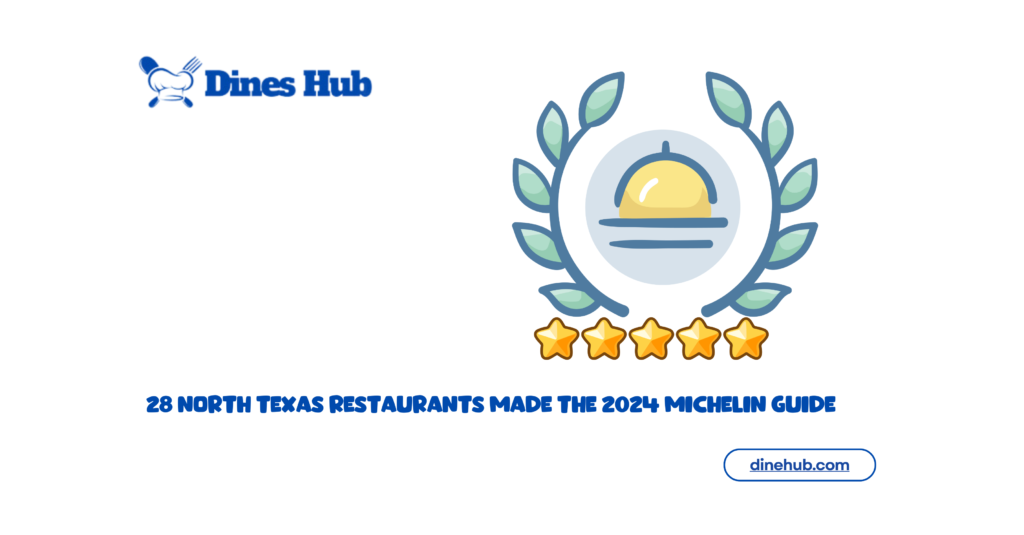Cajun food culture is a reflection of Louisiana’s history, blending French, Spanish, African, and Native American influences. Learn about its vibrant flavors and essential dishes that have shaped this iconic cuisine.
Introduction: A Glimpse into Cajun Food Culture
Cajun food culture is a unique blend of rich history, bold flavors, and resourceful cooking methods that have stood the test of time. Rooted in the heart of Louisiana, this culinary tradition is a testament to the resilience of the Acadian people, who brought their French culinary heritage with them after being exiled from Canada. Over the centuries, Cajun cuisine has incorporated local ingredients, bold spices, and techniques influenced by the French, Spanish, African, and Native American cultures, creating an unforgettable flavor profile.
In this article, we’ll examine the core elements that define Cajun food culture, from its historical roots to its signature dishes. Whether you’re a seasoned chef or a newcomer to the world of Cajun cooking, you’ll gain a deeper understanding of what makes this cuisine so cherished.
The Origins and History of Cajun Food Culture
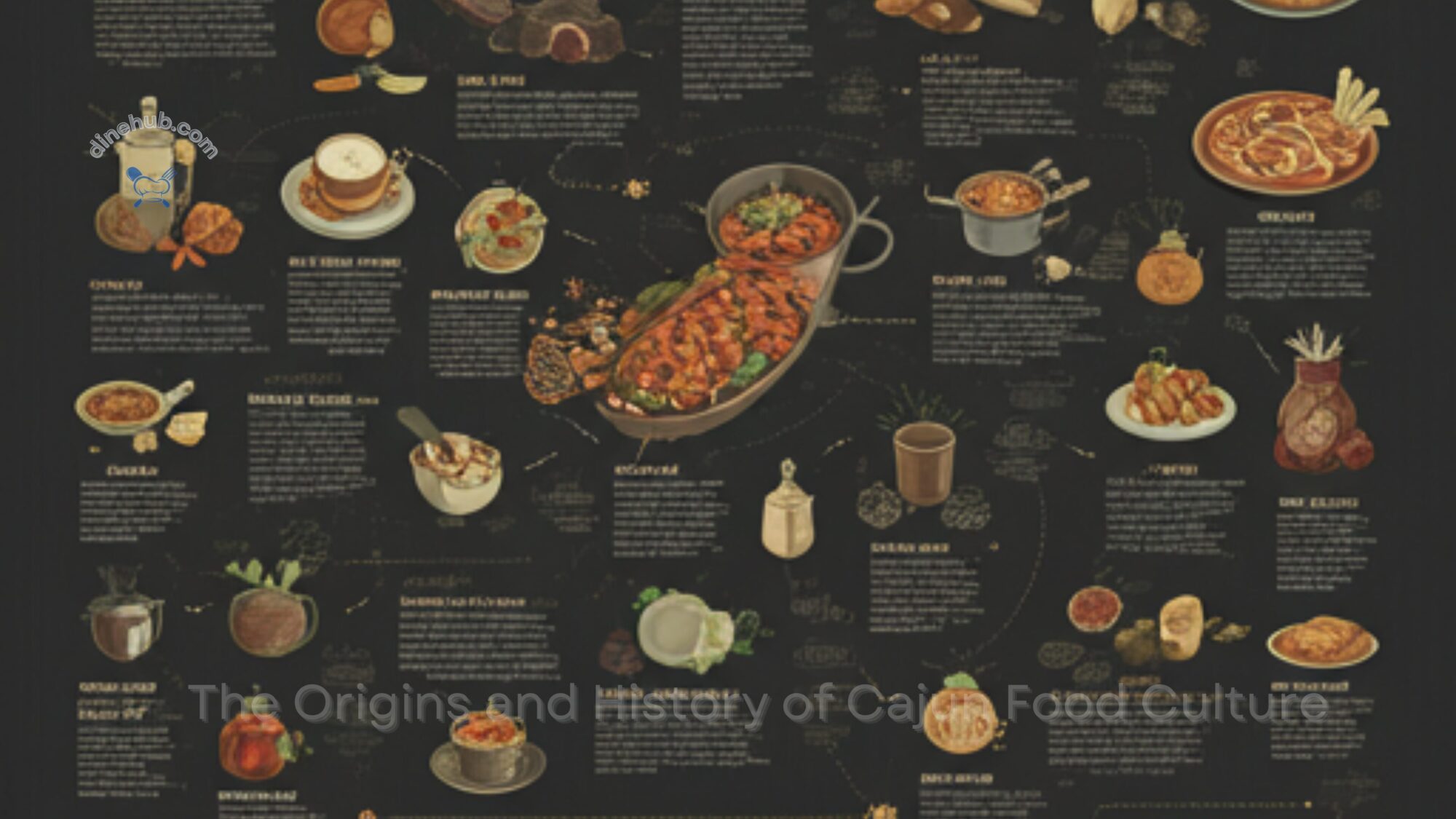
Cajun food culture traces its origins to the Acadian people, who were originally from France. After being exiled from Nova Scotia, Canada, they settled in the bayous of Louisiana, where they faced the challenge of creating meals with the ingredients available to them in the swampy region. They adapted their French culinary traditions to the local produce, seafood from the Gulf of Mexico, and wild game found in the area.
The evolution of Cajun food culture was further shaped by the indigenous people, African slaves, and Spanish settlers, who contributed spices, herbs, and cooking methods that transformed simple meals into hearty, flavorful dishes. Today, Cajun cuisine reflects the blending of these cultural influences, making it one of the most dynamic and beloved food traditions in the world.
Key Ingredients That Define Cajun Dishes
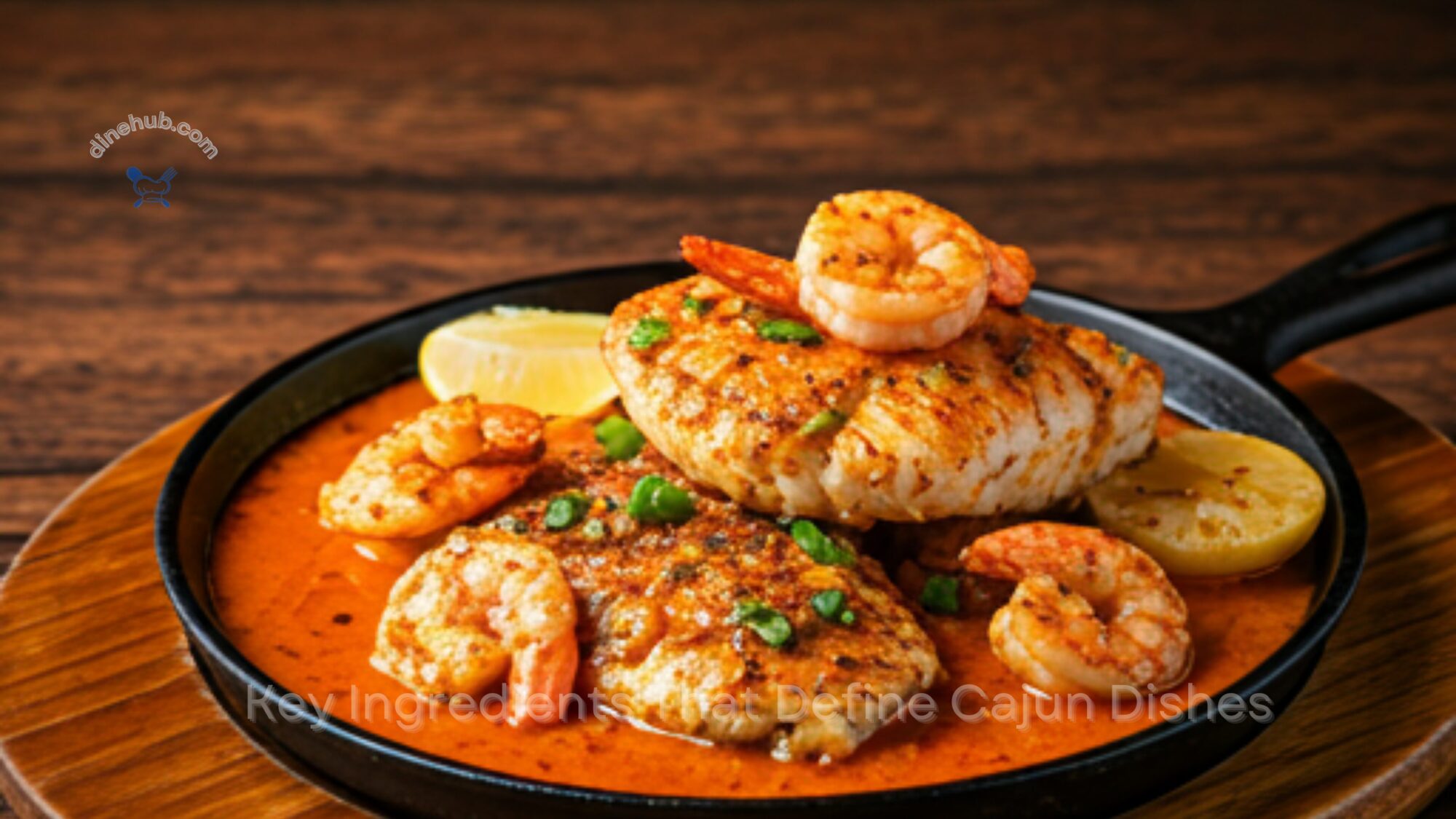
Cajun food culture is known for its use of fresh, local ingredients and bold flavors. Key to this are several staple ingredients that form the foundation of most Cajun dishes.
1. Seafood
Living near the Gulf of Mexico, seafood is central to Cajun cuisine. Shrimp, crab, and fish are commonly featured in dishes like gumbo and étouffée, providing both flavor and a connection to the land’s natural resources.
2. Meat
While seafood is popular, pork, chicken, and even game meats like rabbit or duck are staples in many Cajun dishes. Andouille sausage, a flavorful smoked sausage, is another hallmark ingredient in Cajun food culture.
3. Vegetables and Spices
The holy trinity of onion, bell pepper, and celery is the backbone of many Cajun dishes. Along with garlic, bay leaves, and cayenne pepper, these ingredients are used to build flavor in stews, gumbos, and sauces.
Traditional Cajun Cooking Methods
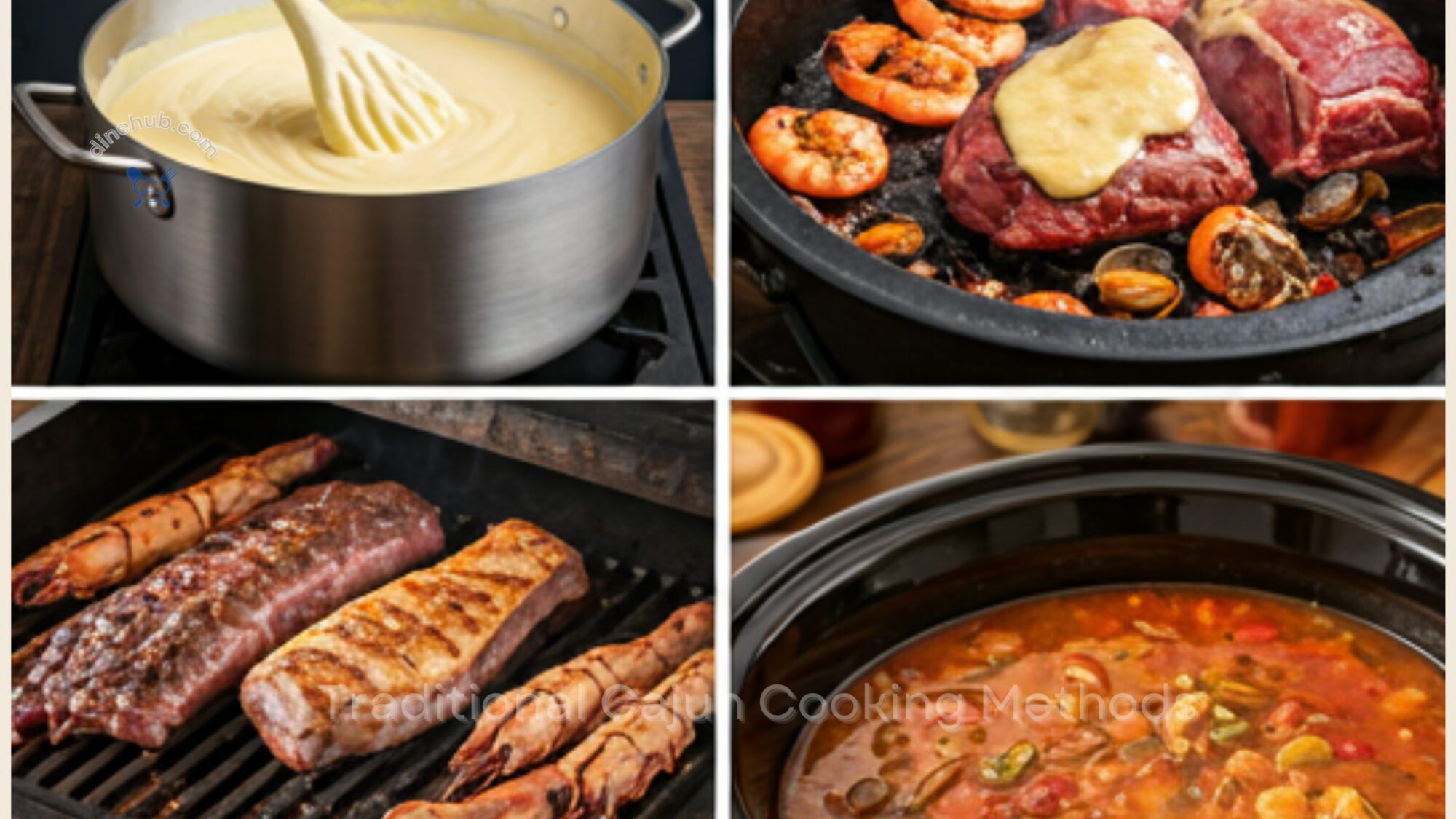
Cajun food culture relies heavily on slow-cooking and one-pot meals. These methods allow the flavors to meld together, creating a harmonious and rich taste that defines Cajun dishes.
1. Roux
One of the cornerstones of Cajun cooking is the preparation of roux, a mixture of flour and fat that is cooked until it turns brown. Roux serves as a thickening agent for soups, stews, and gravies, providing a rich depth to the dishes it’s added to.
2. Smoking and Grilling
Another unique aspect of Cajun food culture is the technique of smoking meats and seafood. This imparts a distinct smoky flavor that’s present in dishes like crawfish étouffée and smoked sausage jambalaya.
3. Slow Cooking
Many Cajun dishes are cooked low and slow, allowing the flavors to deepen and intensify. Dishes like gumbo, jambalaya, and red beans and rice are best enjoyed after hours of simmering, ensuring a fully developed taste.
Popular Cajun Dishes to Try
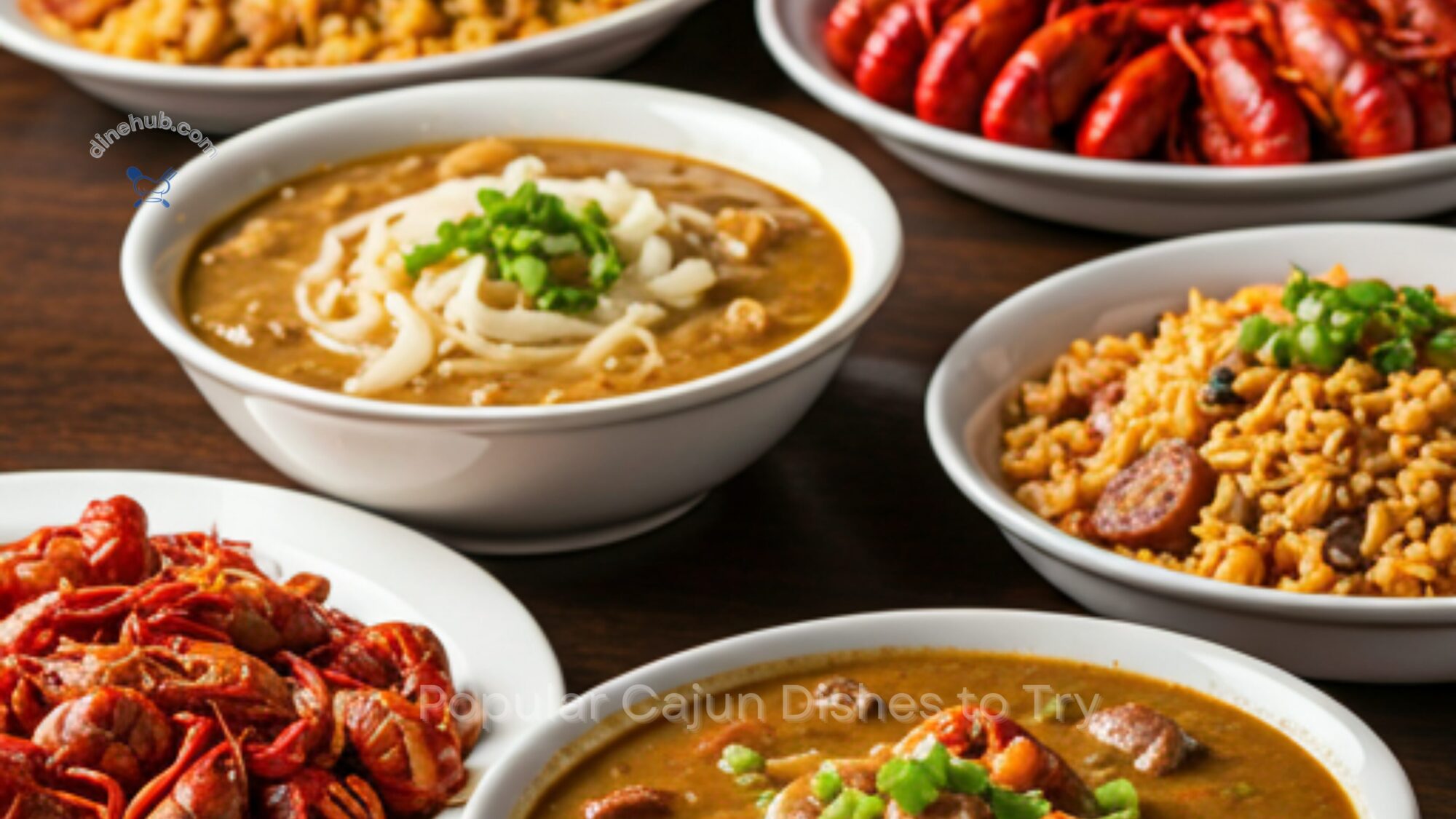
Cajun food culture is best experienced through its signature dishes. Each dish tells the story of the people and the land, combining a rich history with bold and complex flavors.
| Dish | Description |
|---|---|
| Gumbo | A thick, flavorful stew made with roux, seafood, sausage, and vegetables. |
| Jambalaya | A rice dish with meat (chicken, sausage), seafood, and aromatic spices. |
| Crawfish Boil | A festive dish featuring crawfish, corn, and potatoes, boiled with spices. |
| Boudin | A sausage made from pork, rice, and spices, often served as a snack. |
| Etouffée | A thick stew, typically made with seafood, served over rice. |
Cajun Food Culture Around the World

While Cajun food culture has deep roots in Louisiana, its influence has spread across the globe. Chefs like Paul Prudhomme helped introduce the flavors of Cajun cuisine to international audiences. Over the years, Cajun food has integrated into many different cultures, often inspiring regional adaptations and fusion dishes.
For example, dishes like gumbo and jambalaya have made their way to restaurants around the world, from New Orleans to Europe and beyond. The global popularity of Cajun spices has also contributed to the widespread recognition of this food culture.
The Impact of Cajun Food Culture on American Cuisine
Cajun food culture has played a significant role in shaping the broader American food landscape. It has inspired Southern cooking and added a bold, spicy twist to dishes traditionally seen in the Southern United States. Many Southern dishes now include elements of Cajun cooking, particularly in the use of spices, roux, and the holy trinity of vegetables.
Cajun food culture has also contributed to the fusion of Southern, Creole, and even Tex-Mex cuisines, leading to new interpretations of classic dishes.
FAQs
1. What is the Holy Trinity in Cajun cooking?
The Holy Trinity refers to a combination of onion, bell pepper, and celery, which are essential for creating the base flavors of many Cajun dishes.
2. Is Cajun food spicy?
Yes, Cajun food often features spicy elements, especially through the use of cayenne pepper, but the level of heat can vary depending on the dish and your personal preference.
3. What is the difference between Cajun and Creole cuisine?
While both Cajun and Creole cuisine are from Louisiana, Cajun food is more rustic and utilizes ingredients that are locally available, while Creole cuisine is influenced by European settlers and tends to use a broader range of ingredients.
4. What is the best dish to try for a first-timer?
A classic gumbo or jambalaya would be a great introduction to Cajun food culture as they showcase a variety of flavors and ingredients.
5. Can I make Cajun dishes at home?
Absolutely! With the right ingredients and a little patience, you can create delicious Cajun dishes in your own kitchen.
Conclusion
Cajun food culture is a beautiful blend of history, tradition, and local ingredients, and it has earned its place as one of the most beloved cuisines worldwide. From seafood gumbo to crawfish boils, Cajun dishes are a reflection of the resilient people who crafted them, and they continue to captivate food lovers across the globe.
For those looking to experience the flavors of Cajun food culture, Louisiana remains the heart of it all. Whether you’re cooking at home or enjoying a meal at a restaurant, Cajun food culture offers a rich, flavorful journey that’s well worth savoring. Follow our blog at Dines Hub for more mouth-watering insights into Cajun cuisine and beyond!


